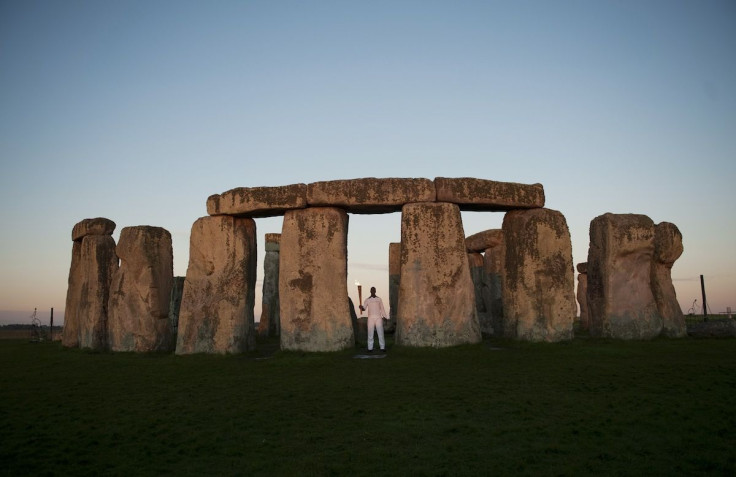Video Shows Summer Solstice 2020 From Stonehenge [WATCH]

KEY POINTS
- The recent summer solstice event took place during the weekend
- A live stream event from Stonehenge showed the sunrise and sunset of the summer solstice
- Summer solstice plays an important role in the culture and tradition of humans
An organization based in England hosted a live streaming event from the iconic Stonehenge to show the sunrise and sunset of the recent summer solstice. The event was live-streamed due to the COVID-19 pandemic.
The summer solstice is a cosmic event that occurs when Earth’s poles have their maximum tilt toward the Sun. During this event, Earth experiences its longest day of the year.
This year’s summer solstice took place on June 20 and 21. One of the most famous sites in the world to watch the summer solstice from is the prehistoric stone monument Stonehenge in Wiltshire, England. For years, thousands of people have been flocking to this area to watch the event’s sunrise and sunset through the monument’s strange stone formations.
“The way that the stones are laid out in Stonehenge is set up to frame the sunrise at midsummer and the sunset at midwinter,” archaeologist Susan Greaney of English Heritage, an organization that looks after England’s historical sites, said in a statement.
“What happens at midsummer is that the sun rises and you get a great shadow from the heel stone projecting towards the stone circle and from within, you can see the sun rising in that direction,” she continued.
This year, however, tourists were not able to visit Stonehenge to celebrate the summer solstice due to the ongoing effects of the coronavirus. As a solution, English Heritage recently hosted a live stream event via Facebook to show the sunrise and sunset of the summer solstice.
As indicated in the videos, the sunset began on June 20 at 8:41 p.m. local time. The sunrise, on the other hand, appeared the following day at 4:07 a.m. local time.
According to the English Heritage, the summer solstice plays an important role in human tradition and culture. It mainly assisted in the survival and development of early humans.
“Summer solstice occurs on the longest day of the year, usually 21 June, although the sun’s position remains in pretty much the same place for a few days either side,” the organization stated in a Facebook post. “For Neolithic people, sunlight would have been crucial - for warmth for them and their animals and for helping their crops to grow.”
© Copyright IBTimes 2025. All rights reserved.





















